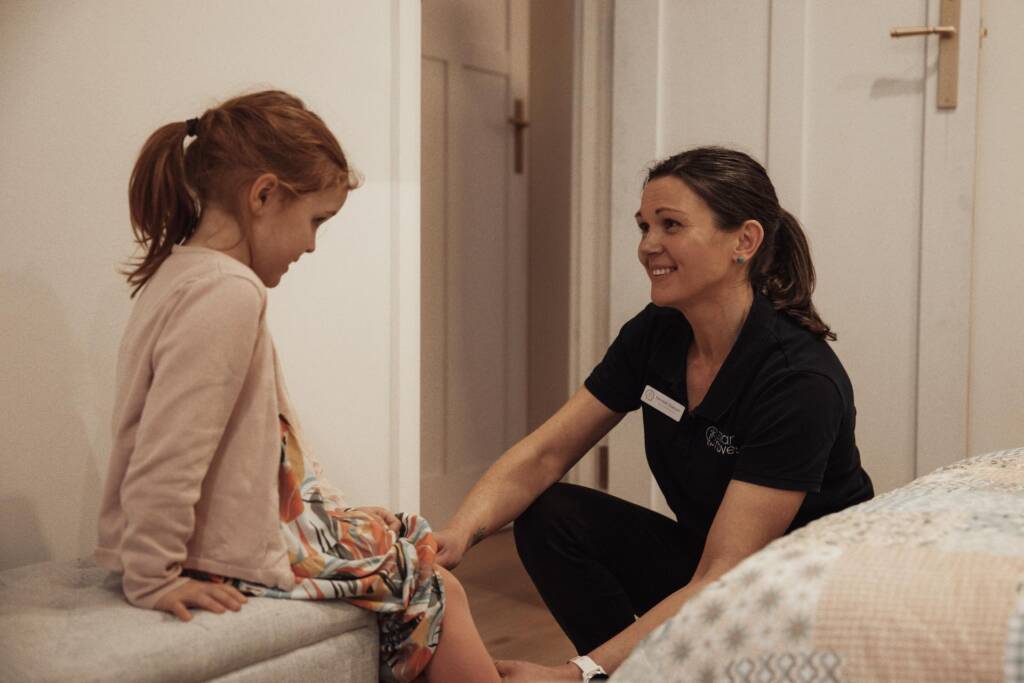Physiotherapy
Paediatrics (children)
Smart Moves Healthcare Physiotherapists work with children and teenagers who have physical limitations or gross motor difficulty caused by developmental delay, congenital conditions, injury or illness.
Our goal is to assist children and teenagers in improving their quality of life by using a combination of exercises, therapy and assistive technologies to improve wellbeing and help them participate in their daily activities.
Smart Moves Healthcare Physiotherapists can assist with:
- Gross motor assessments and mobility assessments.
- Developing gross motor skills – such as walking, running, jumping, transfers, climbing, riding a bike, participating in sports.
- Improving muscle tone – to increase strength, endurance and improve posture and body awareness.
- Improving coordination and balance.
- Assessment for, and prescribing of, assistive technologies – such as seating, standing frames, walkers.
- Orthopaedic conditions – such as plagiocephaly, lower limb, scoliosis, joint pain.
- Exercise guidance and prescriptions.
- Creative, play based therapies to achieve goals.
Adults and Older Persons
Smart Moves Healthcare Physiotherapists work with adults and older persons living with a disability, injury or the impacts of aging
Our team works with adults and older persons to maintain or improve their quality of life by using a combination of examination, assessment and person-centred intervention to help them feel empowered to live a purposeful life, achieve their goals and participate in their daily activities safely.
Smart Moves Healthcare Physiotherapists can assist with:
- Hydrotherapy (also know as water or pool therapy).
- Rehabilitation and management of neurological conditions – such as multiple sclerosis, Parkinson’s disease, Alzheimer’s disease, Cerebral Palsy, acquired brain injury.
- Rehabilitation and management of physical conditions – such as physical disabilities, post-surgery, amputations, spinal injury.
- Orthopaedic conditions – such as osteoarthritis, scoliosis, back and neck limitations.
- Manual therapies – such as joint mobilisation, deep soft tissue massage, trigger point therapy, neural mobilisation and stretching.
- Assessment for, and prescribing of, assistive technologies – such as mobility aids.
- Improving coordination, balance and reducing falls risk.
- Improving or maintaining strength, range of motion and functionality.
- Pain management – including education and treatment plans to self-manage pain.
- Empowering people with the skills and knowledge to self-manage their condition or disability.



